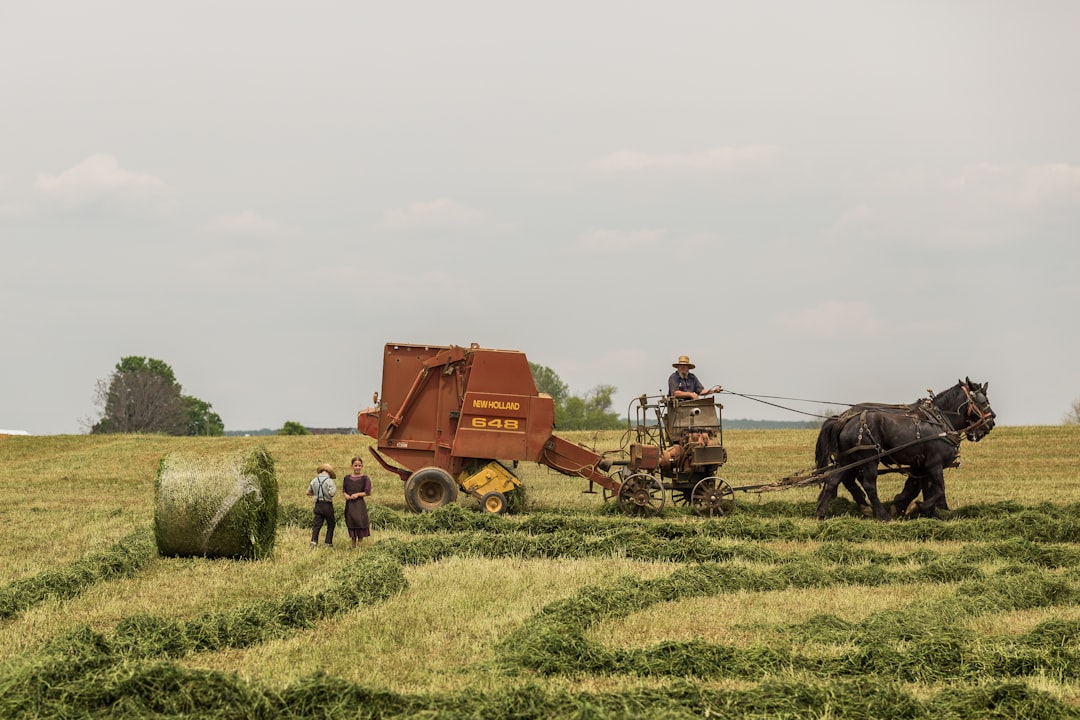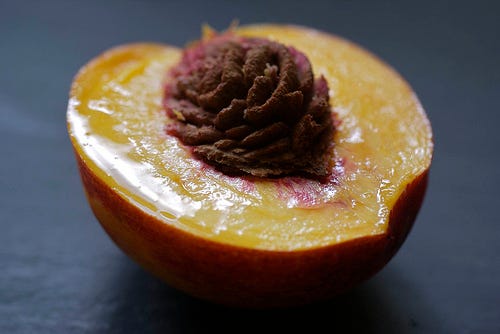I’m working on upcoming newsletters and recipes which got me to thinking about the importance of knowing what it is that we put into our mouths, that it’s not always what we think it is…or would like it to be…and who is really benefiting from the dollars we spend. It’s something I think about a lot. Just shy of a year ago, I published the piece “Real Food.” I thought it might be time to re-post it.
Whether you read it before or it is new to you, I hope you will read and share it.
REAL FOOD
For decades we’ve heard that the healthy diet is one found not in the aisles of the grocery store but on its perimeter. At the supermarket in my little town this includes the bakery, dairy, produce, meat, seafood, and pharmacy sections. Wait! This is a food store, not a drug store. How did the pharmacy get in there? The division between the two has gotten mixed up. We may think we are eating a healthy diet from growers and producers who care about our safety, but what we are eating is not food at all. We are eating products and commodities.
We very much want to believe our food comes from the family farmer whose nostalgic image is so often seen on plastic, hermetically sealed, non-compostable packaging, but that simply is not so. The system we have bought into assumes we are dumb enough not to ask who is profiting each time we open our mouths to consume products making us overweight and sick, while at the same time making a small, less than 1% of the population, rich. For years, Madison Avenue PR firms have created and pitched products in media campaigns that appeal to, and ultimately are bought and eaten by, the average consumer. We, the consumer, have been fed a pablum of words and images designed to make us feel that the food we buy is good, safe, flavorful, and healthy.
Real food, good food, healthy food, the kind of food that one does not need a degree in chemistry to understand the list of ingredients on packaging, hasn’t been around on our supermarket shelves for generations. Even our grandparents could not count on eating real food fifty years ago, as by that time we had already swallowed the poison. Perhaps our great-grandparents, or more likely our great great-grandparents, had the privilege of not worrying about where their food really came from, and what was in it, as there were more family farms in their time or they may have grown it themselves in time-honored ways that had been proven successful and sustainable for generations.
At one time, we knew the provenance of food served on our family table. We knew that seeds were saved, and planted on small family farms of less than six-hundred acres. Seeds planted were specific to a region because they grew well and, weather permitting, would provide a decent harvest supplying the farmer with enough cash to make it through to the next year. In addition, a crop was planted with a flavor profile in mind. If it didn’t taste good, who the heck would buy it? The farmer knew that flavor didn’t come just from the seed and had learned from preceding generations that flavor comes from carefully cultivated, fed, and tended soil, and not from dirt, which is what is found on a playground. The farmer of yore knew the most important crop, ensuring the survival of both people and place, to be healthy soil.
Soil, a simple four-letter word, has become an abomination of what it once was. Family farmers bought “snake oil” to add to their soil. Soil, in which once healthy crops grew and nourished generations, is now tainted with chemical additions, which were promised as being able to provide effective and safe insect control, higher yield, shorter time to harvest, and purported ease of management, not to mention more cash for the farmer. The “modern” farmer was encouraged to turn away from old and proven ways, and embrace the future. All it took was a line of credit to procure the chemical powders and oils that would be paid for with the ensuing abundant harvest. In the short term, there was success. But, as years went by, more often that harvest didn’t come because soil was no longer productive. Soil had now become dirt. Insects had caught on, too, and adapted to pesticides that were now ineffective. “No problem,” the chemical industry said. “We have NEW and better products for you. Just sign on the line and turn away from your out-dated ways of farming right here.” It is easy for one to imagine Star War’s Darth Vader telling Luke Skywalker to embrace the Dark Side. What the Dark Side didn’t share is that with more and frequent pest infestations and crop failures, there would be no smiling bank manager willing to extend yet another line of credit, until the only option left was to see the family farm, the backbone of our American way of life for generations, auctioned off to agribusiness giants, whose owners were oh so happy to snap up for pennies on the dollar. With family survival at stake, was there any choice?
Corporate greed took away the core identity of our nation. From a nation of small family farms taking pride in feeding friends, neighbors, and countrymen, farmers were played as pawns in a huge land grab by corporate entities, and oh how well they were played. No longer do we have real farms with farmers producing real food. Now we have corporations that produce genetically modified, pesticide-laden monocrops, lab-engineered Frankenfoods, and antibiotic laced livestock feed, to which bacteria has become resistant. Farms and farmers have been replaced by agricultural technicians, and corporate sponsored scientists and lobbyists, who skew data, and compete for funding every five years from the U.S. Farm Bill.
Foods are designed not with our good health in mind, but with our poor health in mind. We are presented with products designed to look like food; products giving a fake promise that they are grown by the healthy, happy, farm family pictured in the supermarket advertisement; products designed for quick growth, ease of mechanical harvest, and storage in temperature controlled warehouses, until ready to be brought to market when there is an attractive price point. Food like this supports the cancer, diabetes, pharmaceutical, and insurance industries.
And flavor? A red tomato in the produce aisle may look like the real thing pictured in those shiny PR materials, but nowhere in the seed engineering process has flavor been considered to be of primary importance. Color, uniformity of size, storage, and ship-ability? Absolutely. But flavor? Not even close. There are now generations who have grown up with absolutely NO idea what a ripe tomato tastes like or from where it comes. A two and one-half inch red orb, which tastes like cardboard, is what many believe to be the standard because that is all they have ever eaten.
If you have ever had the pleasure of eating a sweet and juicy, sun-ripened, just picked peach out of hand, you will understand flavor. This peach requires one to lean over when eating it because it is so juicy. You feel compelled to slurp back the juice in to your mouth as it drips down your chin because you don’t want to miss even one drop, while at the same time all the nerve endings in your body are doing a little dance as you close your eyes and say “Oh. My. God.” because that peach is perfect. Eat a peach like this–one that has gold near the stem because it has been left to grow on the tree long enough to receive all the sugar that the water, sun, and soil can provide. A peach like this is not a hard, green around the stem, crunchy product, picked too early, placed in a box for cold storage to be shipped at a later date. Eat a seasonal peach like this and there’s no turning back. There is no factory-farmed product that comes close to it. It is no wonder that we are seeing a rise of obesity and diabetes in children as they are being raised on sugary junk food and soda, rarely having tasted real food, and how good and satisfying it can be.
In the early 2000s, at a session of the Research Chefs Association (RCA-https://www.culinology.org/), I listened to a corporate scientist/chef speak about injecting grapes with carbon dioxide in order to make them more appealing to kids. As I listened, I couldn’t help but think, “Why would anyone want to change something that is already perfect?”
Our senses, sight, taste, smell, touch, and hearing, are barraged with products–agribusiness factory farm products–designed to appear as being good, safe, and healthy. But, if we would take the time to think for ourselves, to ask questions, and to “look under the hood,” we would find that what we are being “fed” by agribusiness and PR campaigns, is not what it appears to be but, rather, a by-product of corporate “snake oil,” and not real food at all.
Thanks so much for reading and sharing this post with others.
What I’m Reading
Here’s another piece that was recently shared with me on food and health that you might find interesting, too.
What I’m Listening To
Link to Full List of Recipes
Coming up next are apple recipes.
If you like this newsletter, might you let me know by leaving a comment or clicking on the little heart below? Many thanks my friends.

















This post pairs well with the chapter I’m currently reading in Alicia Kennedy’s “No Meat Required,” detailing The Farm, a 70s commune-turned-coop, and their vegan culinary vision. Coincidence?
It's only going to get worse, I'm afraid. I used to be able to do some gardening and have vegetables that I grew myself, but not any more. There is a food co-op farm in my area, but there is a requirement to work there for 4 hours a week. Not able to do that either. I'm 72, worrying about getting decent healthy food is something I can't stress about. Greg and I do the best we can with our Social Security. Our country isn't geared to helping people eat well. It's so frustrating.